Foraging on the Coastline – Part 2
Jen Wiss-Carline is a speara and keen coastal forager. In this series of posts, she shares some tips on how to make the most of the free food waiting to be found along our shores.
I hope my previous post inspired you to venture out and explore what the coastal larder has to offer. There’s something magical about filling your bucket with delicious finds from the shore and turning them into a delightful meal for the family. If you’ve not already read part 1, do check out the post as it includes important information on regulations and gear. Now, in this second part, I’ll introduce you to more treasures you can find on the sea bed. Get your wellies ready – another tasty adventure awaits!

Scallops
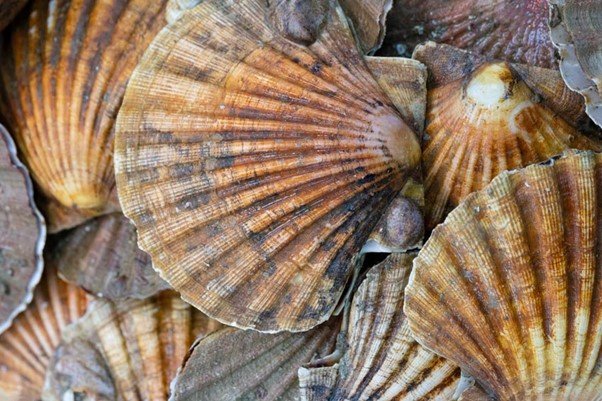
With the tide at its lowest, you can sometimes hear scallops splashing and clapping in the sand. They hide themselves in little hollows, sometimes tucked under bits of seaweed but generally you just need to walk a sandy shoreline looking for that distinctive shell shape. They tend to prefer locations away from stressful tidal activity so they can lead a peaceful life feeding on plankton and other small organic particles suspended in the water. To improve your chances, look for shells on the beach beforehand, if you find scallop shells washed up then the chances are you are going to be more successful on your forage. A bit of detective work can go a long way!
There are bigger king scallops and smaller queen scallops. I like the kings better for their taste – and regulations usually specify 100mm minimum for these. Again, check their shells are shut tightly so you know they’re still alive.
When you’re ready to cook them, slice them open with your knife. Ideally use a flexible knife and slide closely along the side that has a flat shell. The shell will now open and you can pull off the surrounding skirt which will leave the delicious white muscle and the roe. The pale white muscle is the premium cut, with the roes being a stronger flavour. The muscle can be eaten raw but traditionally it is seared briefly in a hot pan for a couple of minutes. I think they’re delicious plain, or you can add a mix a few simple ingredients such as white wine, lemon, chilli, pepper, garlic or cream. One or all of those ingredients will give you a very tasty dish.
Winkles
These are a type of round marine snail and they make a tasty little snack. You only need boil them for 3 or 4 minutes, then you can pick them out with a cocktail stock, discarding the small disc that seals them in. Again, any type of garlic butter works exceptionally well, and then garnish with chopped chillies and coriander for a restaurant finish.
Oysters

It’s hard to believe you can gather wonderful fresh oysters for absolutely nothing when these cost so much to buy. We have two species: native and invasive. They are both found either on the sea bed or attached to rocks – it all depends what their egg first attached itself to. Wherever they land will be the place they spend the rest of their lives. The invasive species are significantly larger than the natives, making them the primary target. Only keep those that are tightly shut and like all shellfish you can prolong their life in the fridge by placing some seaweed in the bowl and covering them with a damp tea towel.
I know people like to eat these raw but personally, given that they’re filter feeders, I like to grill them with butter and a squeeze of lemon. Make sure the shells open a little (they won’t open as much as mussels). The people who do eat them raw follow the rule of “only when there is an ‘R’ in the month” as the colder water means there is less harmful bacteria for them to feed on.
In my next post, I’ll explore even more delicious finds from the seabed, including whelks, clams, and seaweeds – those abundant nutritional powerhouses!”
All images licensed through Envato.

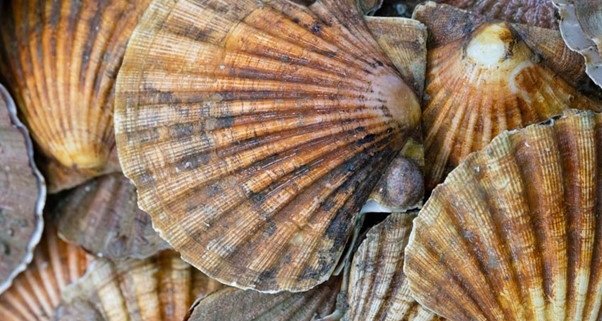
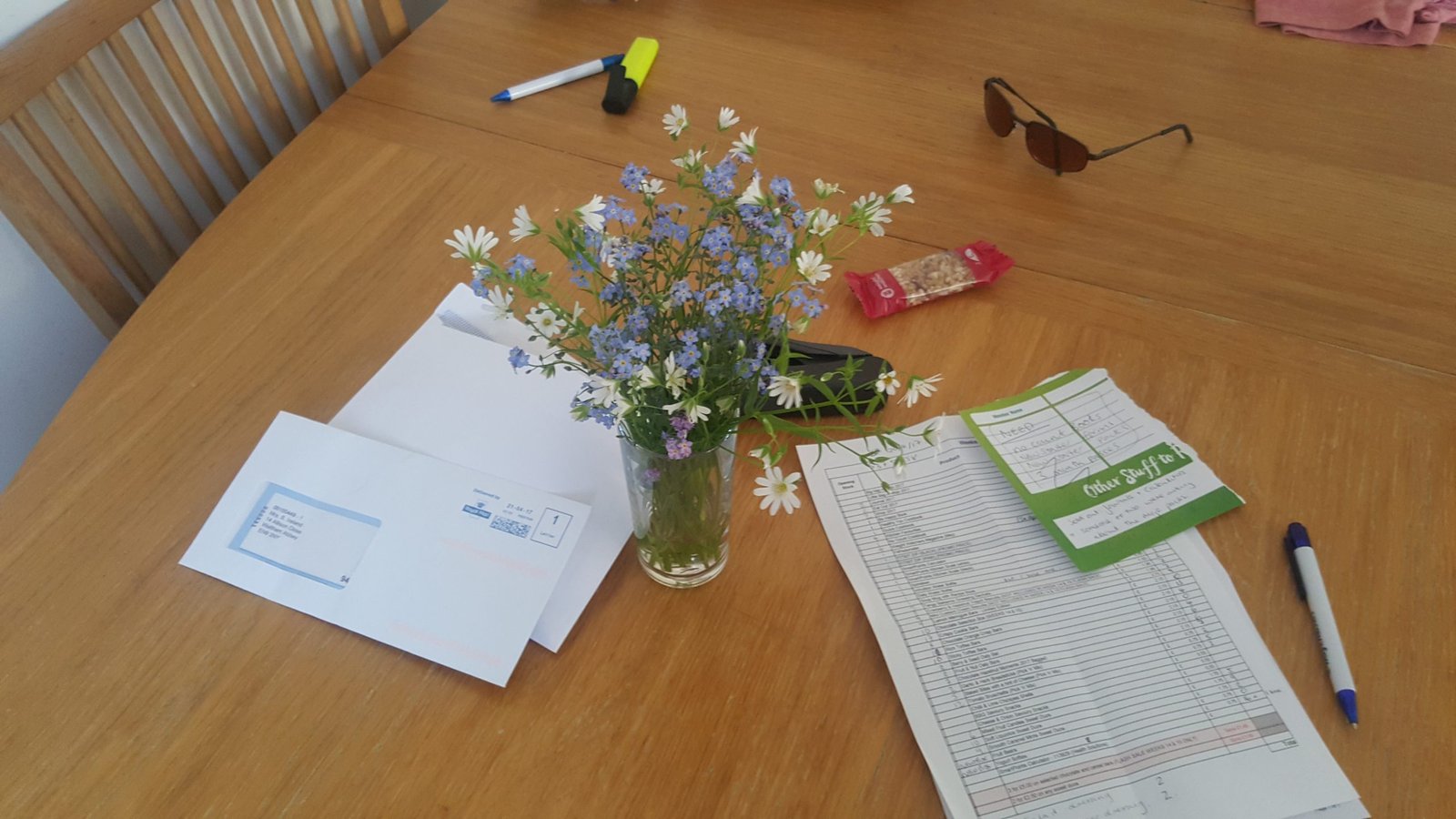



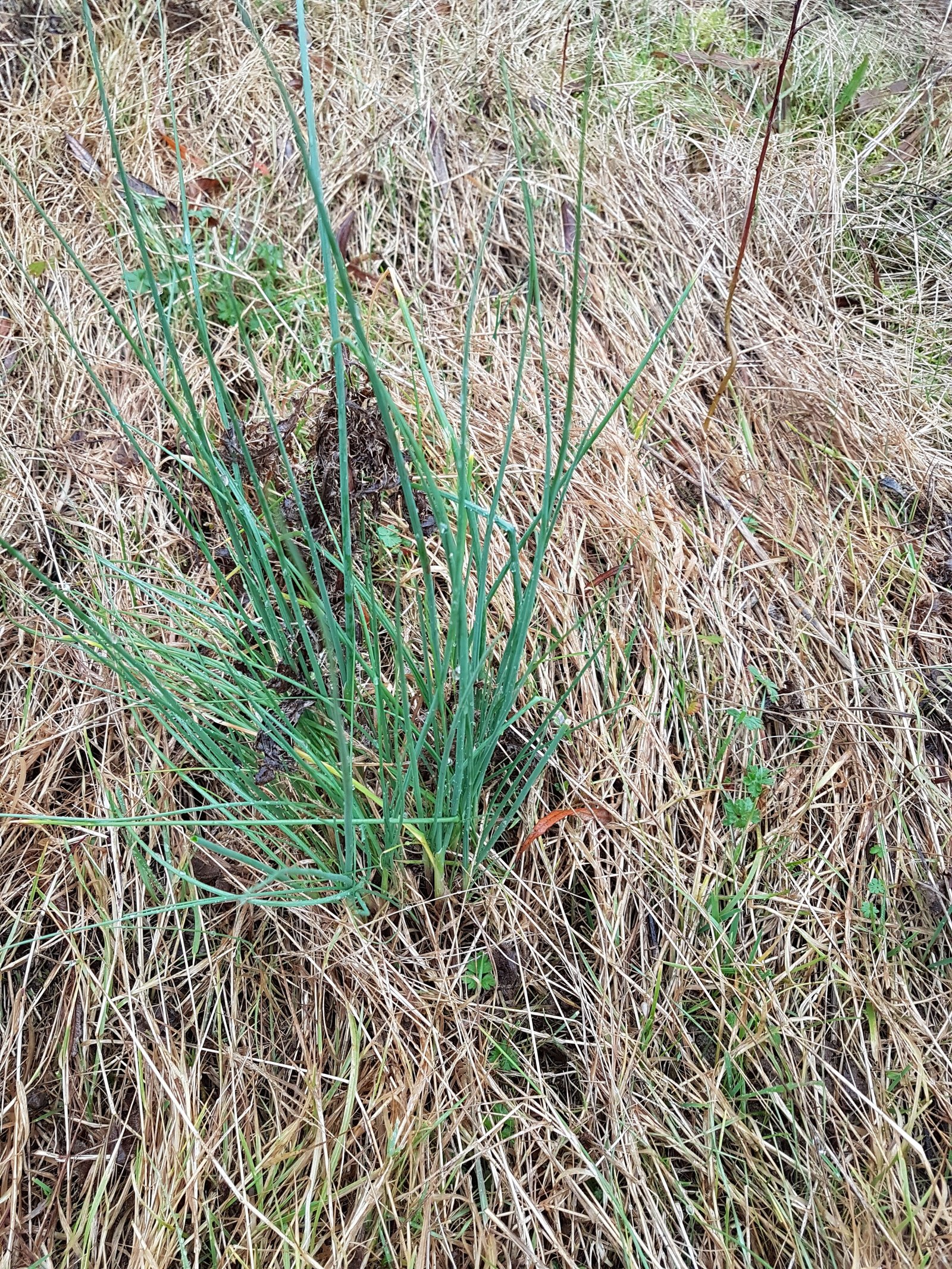


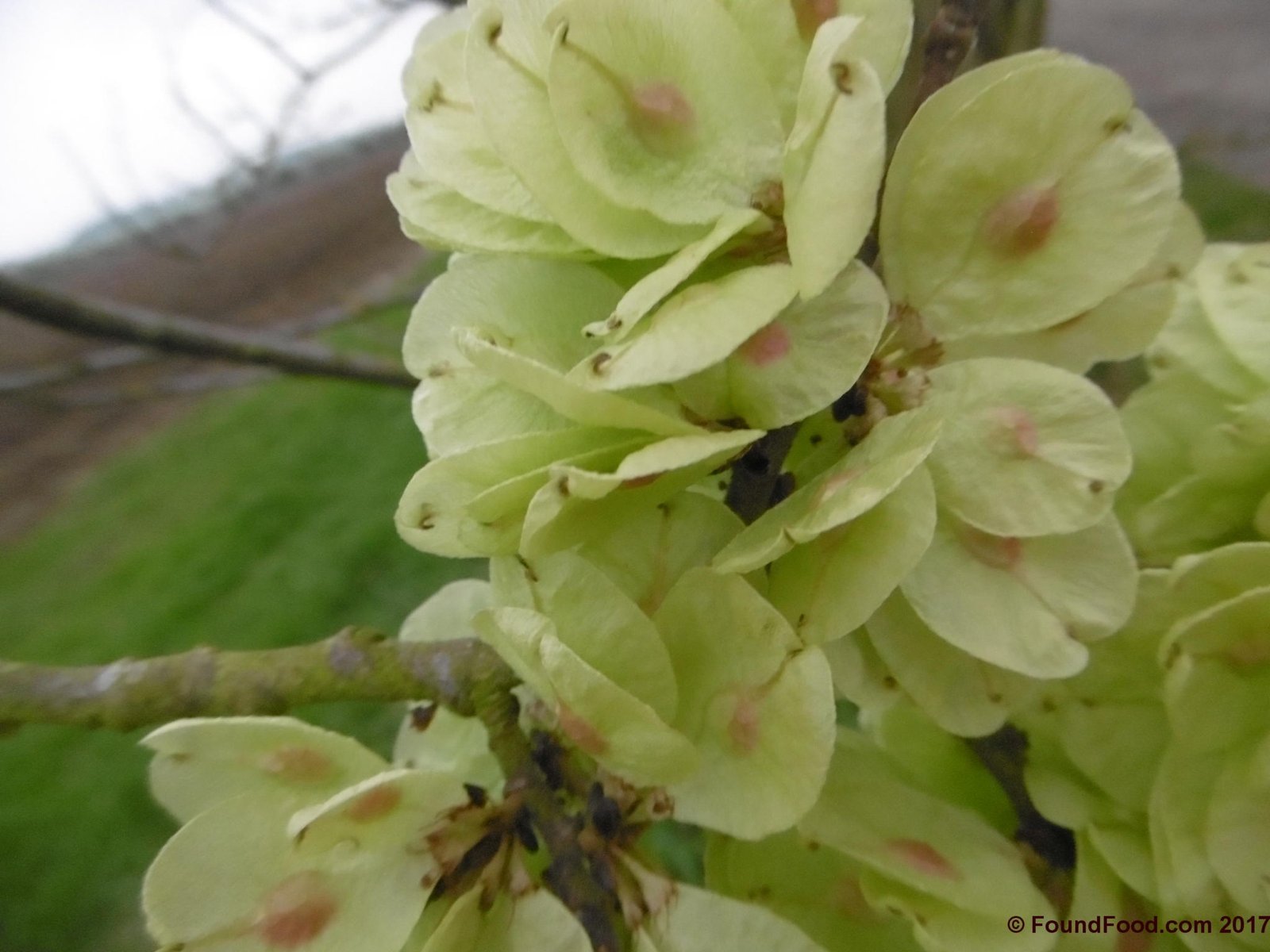


Leave a Reply
Want to join the discussion?Feel free to contribute!